Museum of Natural Sciences
Located in the Jardins del Real, it occupies the building of an old restaurant of rationalist architecture. The historical origin of this Museum dates back to the late nineteenth century, with the gift made by Rodrigo Botet to the city of Valencia. It is the most important collection of South American Palaeontology present in Europe and gave rise to the first Palaeontological Museum on the continent and which, for almost a century, was in the historic building of the Almudín.
The Museum has several exhibition areas.
Science and technology. It shows how scientific knowledge is linked to technological advances, from the optical microscope to the electron microscope.
A classroom from other times. Tribute to the Science professors who with very few resources were able to arouse curiosity about scientific knowledge.
History of life and evolution. A journey through the different periods into which the age of the Earth is divided, which allows us to show that the Earth and living beings are the result of a history of more than 4000 million years of evolutionary change, of which we have evidence thanks to fossils; The Palaeontology of the Valencian Community allows us to better understand the evolution of the landscapes and ecosystems of our territory over time until the appearance of man, which represented in the rock shelters animals that coexisted with him and have become extinct in the environments in which they abounded thousands of years ago.
*NOTICE: the Museum of Natural Sciences will be temporarily closed during the months of February, March, April and May, due to a modernisation process. We are implementing new technologies in our rooms, with the aim of offering a more innovative and enriching experience to understand the history of our planet. The museum is being transformed to continue to be a benchmark in the popularisation of science.
Through our social networks, we will keep you informed about the reopening date and the new features that will be available on your next visit. We thank you for your understanding and hope to welcome you very soon to share together this new stage of the museum.
Also exhibited in this area is the palaeontological collection of J. Rodrigo Botet, which is the most important in the Museum. The Megatri specimen stands out in importance.
The area of malacology, constituted by the collection of D. Eduardo Roselló Brú. It is an interesting collection of shells of molluscs, with a complete representation of the malacological fauna of the Valencian Community and exotic specimens are also displayed.
Valencian ecosystems. The municipality of Valencia has a great richness and variety of ecosystems where a large city, the sea, an orchard with great agricultural productivity and the nuclei of greater naturalistic value, such as the Albufera Natural Park of Valencia and its Devesa coexist.
Garden with urban donkey. Bees are essential to maintaining our ecosystems. The museum shows the importance of beekeeping since ancient times and you can see the work of bees in a hive with transparent walls.
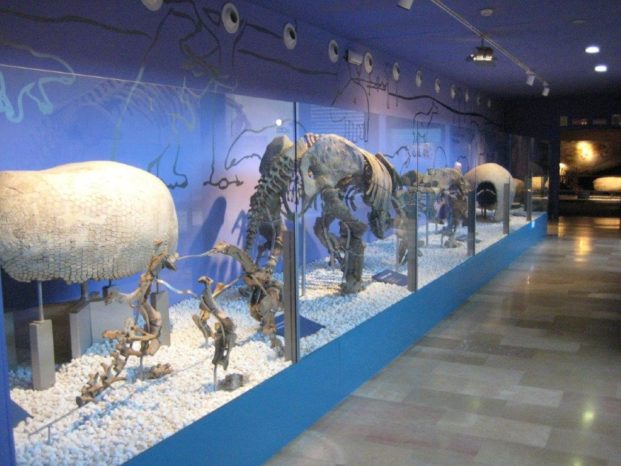
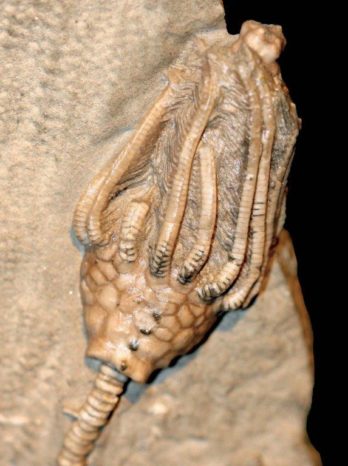
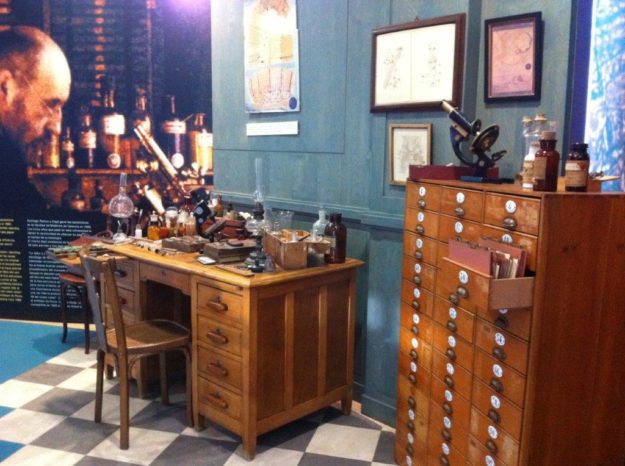
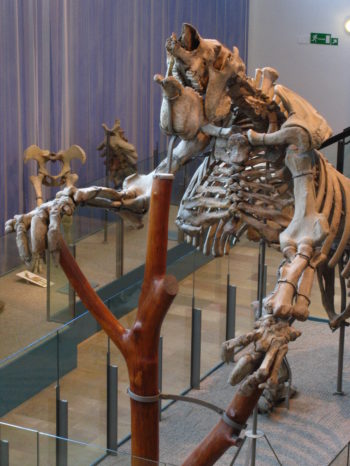
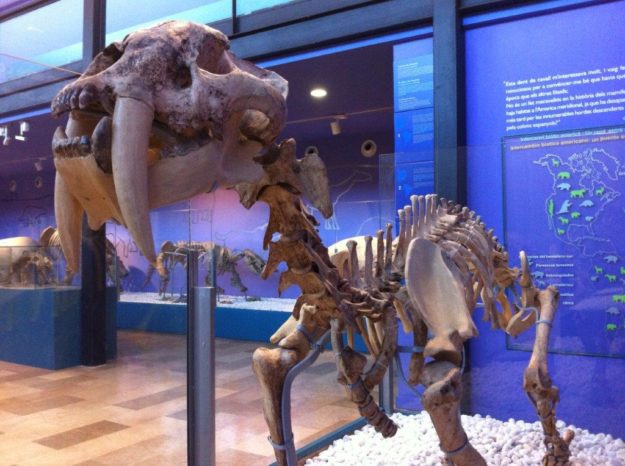

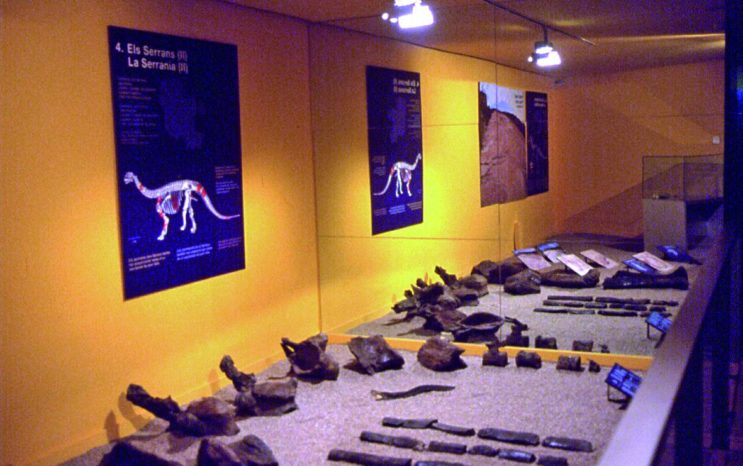
Dades bàsiques
- Tuesday to Sunday and public holidays: from 10am to 7pm.
- Monday: CLOSED.
- Closed: January 1st and 6th, May 1st and December 25th.
Single ticket: 2€
Reduced rate. Price: 1 euro.
- Groups (> 10 people).
- Students of formal training.
- People over 65 and pensioners.
- Members of large and single-parent families.
- Carnet Jove holders or similar issued by authorised Spanish or European institutions.
The visit will be free on May 18 (International Museum Day)
They will also enjoy the free rate:
- Under sixteen years of age.
- School groups with their teacher.
- People legally unemployed.
- Duly accredited teaching staff.
- Professionals from the following entities, with accreditation:
- APME
- ANABAD
- EMA
- ICOM
- Academy of Fine Arts and Sciences
- Association of Cultural Managers
- Association of Art Critics
- Official guides with accreditation issued by the Ministry of Tourism.
- People with disabilities, duly accredited, as well as the person accompanying them, provided that this is essential for them to make their visit.
- People at risk of social exclusion who can prove it.
- Valencia Card, Valencia Cruise Card and Discount Card holders.
Calle General Elío (Jardins de Vivers), s/n
46010 Valencia
Bus: 6,11,26,28,12,70,31,61,79,81,80,y 98.
Metro: Facultats (Line 3)